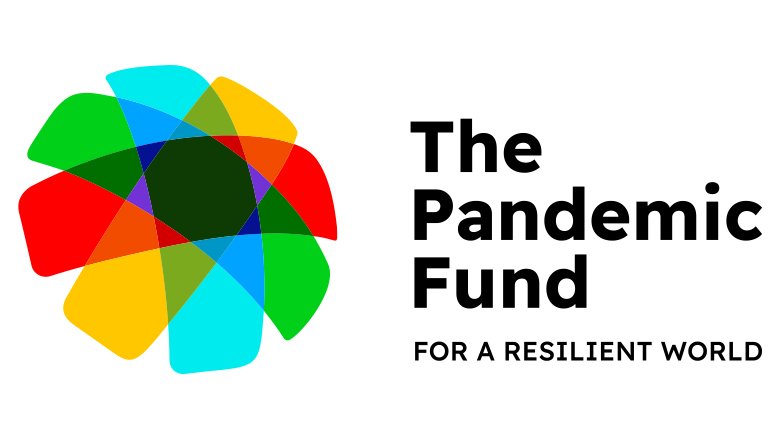This is one of 19 projects to which a grant was awarded by the Pandemic Fund under the First Call for Proposals. For information on the full set of projects supported by the First Call for Proposals, please refer to this press release.
Background
The Yemen Pandemic Preparedness and Response Project is a partnership between the Government of Yemen’s Ministry of Public Health and Population (MOPHP), Ministry of Agriculture, Irrigation and Fisheries (MAIF), civil society organizations, and three Implementing Entities (IEs) including FAO, UNICEF, and WHO. The Project is supported by a $26 million grant from the Pandemic Fund and will leverage an additional $82 million in co-financing and $6 million in co-investment to support Yemen’s efforts in building its capacity in preparedness and response.
Yemen faces concurrent outbreaks of epidemic-prone diseases, including circulating vaccine-derived poliovirus type 2, cholera, measles, diphtheria, pertussis, and malaria. Vaccination coverage is relatively low, especially in the northern region, and anti-vaccination sentiment is growing. Endemic zoonotic disease risks are high in addition to water-related diseases. Yemen is one of the world’s most fragile countries. The conflict since 2015 has devastated the economy and the country is in one of the world’s worst humanitarian crises. Critical infrastructure has been destroyed. Food insecurity and extreme poverty are widespread. Outmigration of skilled health and veterinary workers has resulted in limited capacity to manage epidemic and pandemic events and antimicrobial resistance (AMR). Only about half of Yemen’s health facilities are fully functioning. Many vulnerable households depend on livestock but lack of veterinary capacity exposes the country to the risk of food-borne and zoonotic diseases and antimicrobial resistance (AMR).
Humanitarian investments from the World Bank and other partners have prevented a health system collapse and have helped to re-establish core systems and institutions that had been destabilized. Yemen's primary platform for surveillance is the Electronic Integrated Disease Early Warning System (EIDEWS), a surveillance and early warning system established in 2013, which has expanded with World Bank support to over 2,300 sites across the country. However, there are geographic coverage gaps, with underrepresentation of vulnerable and marginalized areas. Based on the 2022 State Party Self-Assessment Annual Reporting Tool (SPAR) and 2014 Performance of Veterinary Services (PVS) assessments, Yemen faces significant challenges in surveillance, laboratory systems, and human resources across the health and animal sectors which makes the implementation of a One Health approach challenging, especially with the current humanitarian situation.
Project objectives
The overall project objective is to protect and improve the health and well-being of the Yemeni people, livestock and ecosystem by strengthening Yemen’s ability to prevent, detect and rapidly respond to endemic and pandemic threats. Specific project objectives include: strengthening early warning and disease surveillance; strengthening the capacity of laboratory systems; strengthening of workforce capacity; and improving multisectoral coordination and accountability.
Implementation arrangements and key components
Project implementation support provided by the IEs will be done in collaboration with the central and governorate authorities in Yemen. The ultimate responsibility for successful implementation will rest jointly with the IEs, the MOPHP, and the MAIF. Civil society organizations will serve both as delivery partners and as monitors of project implementation and accountability. For example, Abs Development Organization for Women and Child (ADO) will support the engagement of different vulnerable groups including Muhamasheen (an ethnic group in Yemen that suffers from systematic discrimination), internally-displaced people, women, and people with disabilities, in data collection and education to strengthen community-based surveillance and early warning systems. The Project has four main components, described below, with the main Implementing Entities indicated under each component.
Strengthening prevention, early warning, disease surveillance, detection, and response capabilities through a One Health approach. Activities include strengthening early warning, infectious diseases, and AMR surveillance systems at facility, local, district, governorate and national levels. Approximately 300 sentinel sites will be added to Yemen’s EIDEWS. Four veterinary surveillance centers will be established, focusing on priority zoonotic diseases, transboundary animal diseases, and AMR. Quarantine and border inspection units will be equipped and strengthened. The national AMR strategy will be updated and AMR sentinel sites will be established in five governorates (FAO, WHO).
Improving health and veterinary laboratory capacities to confirm health threats and enhance biosafety and biosecurity. This component will strengthen 12 central public health laboratories, specimen transport and tracking systems, genomic sequencing capacities in Aden and Sana’a, and three veterinary diagnostic laboratories (FAO, WHO).
Enhancing workforce capacity. The activities include conducting multisectoral outbreak response simulation exercises, refresher training for rapid response teams, training for epidemiologists, animal health personnel, and other health workers, and strengthening linkages between community health workers and the surveillance system (FAO, WHO, UNICEF).
Improving multi-sectoral coordination and accountability. This component will support the development and rollout of Yemen’s first National Action Plan for Health Security and completion of the annual SPAR and the next Joint External Evaluation (JEE). It will build national, governorate, district, and community capacities to sustain PPR (FAO, WHO, UNICEF).
Expected outcomes
Project support is expected to improve Yemen’s capacity in disease prevention, early warning, detection and response through a One Health approach. This will be evident in an increase in Yemen’s scores on its annual SPAR and JEE. Progress in these areas will improve Yemen’s ability to mobilize additional financing for PPF. Longer term, the Project is expected to reduce the socio-economic impact of epidemic and pandemic-prone events on vulnerable and marginalized groups and contribute to improved health, livelihoods, and food security.
Key Financial Statistics
| Amount Approved (US$) | Total Co-financing (in kind & in cash) (US$) | Total Co-investment (in kind & in cash) (US$) |
| 26,020,000 | 81,555,648 | 5,507,540 |
For media inquiries: Anita Rozowska - arozowska@worldbankgroup.org
For general inquiries: the_pandemic_fund@worldbank.org

